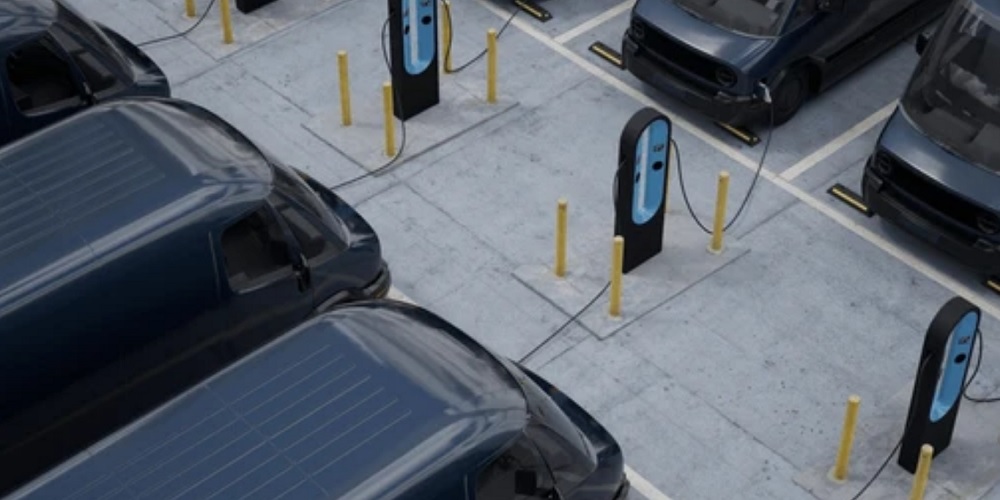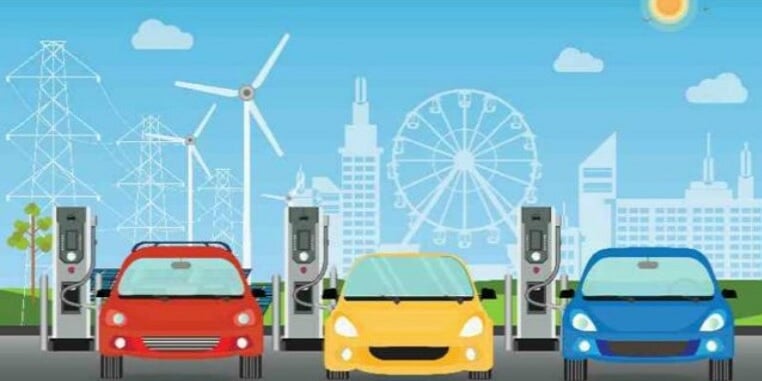What is perceivably slowing down EV adoption rates in government fleets

As government fleets transition to electric vehicles (EVs), significant challenges in the marketplace continue to limit EV adoption rates.
EV sales will continue to grow, reaching 14% of vehicle sales in 2022. However, EVs still represent just 2.1% of total fleet vehicles. Prices are also declining, making EVs more affordable for fleets. In fact, prices are down nearly 30% from 2022 levels. Still, the average price for an EV is $40,916—well above typical passenger vehicle price points for fleet owners.
Another challenge is finding vehicles that meet incentives for tax credits. For example, there is a $7,500 federal tax credit available as part of the Inflation Reduction Act, but new requirements about sourcing of battery components and minerals and mandating final assembly in North America limit the availability of EVs that qualify.
That said, availability is improving for passenger vehicles. Light-duty and heavy-duty vehicles still have significant backlogs, though. For example, Ford’s EV Lightning pickup truck at one point had a three-year waiting list in early 2023, though the automaker is expected to start delivering in Q4 2023.
Sourcewell can help fleet managers overcome these challenges with competitively sourced, ready-to-use contracts for EV procurement. By leveraging the bulk buying power of more than 50,000 government entities and educational institutions, Sourcewell’s free-to-use cooperative agreements can also save money.
What else is slowing down EV adoption rates? Unfortunately, there are a few things, including:
- Fewer trained technicians
- Charger compatibility
- Charging infrastructure
- Grid capacity
Currently, there is not an adequate charging infrastructure available to manage fleet vehicles that can’t return to home base every night to charge. There are about 50,000 public charging stations across the country. Only about half are fast chargers, and according to J.D. Power, one in every five charging attempts fails.
There are also serious concerns about grid capacity. Few electric grids are built to handle large-scale EV adoption and charging. The Institute for Energy Research estimates that power line capacity would need to double and power generation would need to triple to meet government targets for EV adoption.
Biggest concerns for fleet managers in EV adoption
For fleet managers, these factors can create uncertainty over making the transitions to EV fleets. The biggest problems revolve around adequate budgeting to procure and operate vehicles, lengthy lead times for purchase, training of drivers and technicians, and the lack of charging infrastructure.
While many fleet vehicles can operate with EV range limitations, not all can. Operators and fleet managers have to manage miles carefully to ensure that drivers can make it to charging stations. When they do, the time for charging also has to be accounted for. Depending on vehicle type, this can severely restrict duty hours for drivers.
Overcoming challenges to EV adoption rates
Overcoming these challenges is not simple or quick, but it can be done. With federal, state, and local mandates to reduce carbon emissions and public targets for EV adoption, the process is well underway. Over 95% of fleet managers report an active transition to EVs.
Planning
The process starts with setting specific targets for adoption and putting in place mechanisms to measure progress. For example, some municipalities are installing telematics and software to track emissions and performance. This data becomes essential to demonstrate the value of EVs in reducing greenhouse gases.
Reporting goals and progress can be especially helpful when you need to gain internal—and public—approval of budgets.
Budgeting
Transitioning to EVs will increase upfront expenses, and budget constraints also need to be overcome. Fleet managers must work with administrators to set realistic budgets for EV procurement and vehicle replacement that meet targets.
There will also need to be additional line items for training drivers and maintenance tech, and CapEx will be required for tools and in-stock replacement parts.
Public-private partnerships
Fleet managers must collaborate with public and private partners to develop realistic timelines for phasing in EVs. Coordinating across agencies will be necessary to create comprehensive plans for charging infrastructure and eliminate duplicative efforts. Building infrastructure in public places and visible locations, such as shopping malls or major employers, can help spur community adoption and accommodate public fleets.
Procurement
Procurement in government agencies takes time. Once the competitive approval and process are completed, however, purchasing and delivery for vehicles typically happen fairly quickly. With the long lead times required for purchasing EVs, fleet managers have to be more proactive and start the procurement process much earlier. Accelerating the process is crucial to meeting targeted EV adoption rates.
Improving EV fleet transitions
With increased public pressure to implement more sustainable practices and government mandates for the electrification of fleets, government fleet managers need to act now for a successful transition. Sourcewell has ready-to-use contracts from EV, telematics, and sustainable services. The information in its Public Fleet Electrification Guide can help you get started.
See how easy it is to get the EV fleet you need without the hassle, using Sourcewell’s cooperative purchasing program. Streamline the public procurement process by choosing from hundreds of suppliers already on contract. Sourcewell’s procurement experts competitively solicit and award contracts on behalf of 50,000 participating agencies in North America. Check out our EV contracts and more for free here.


